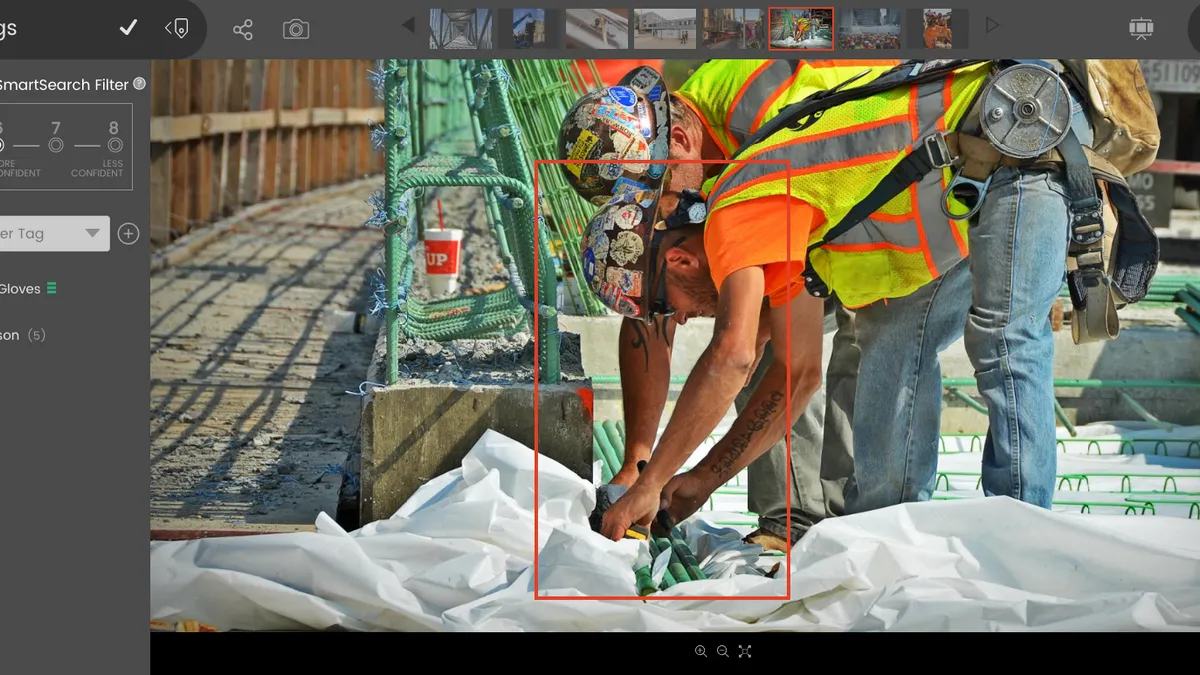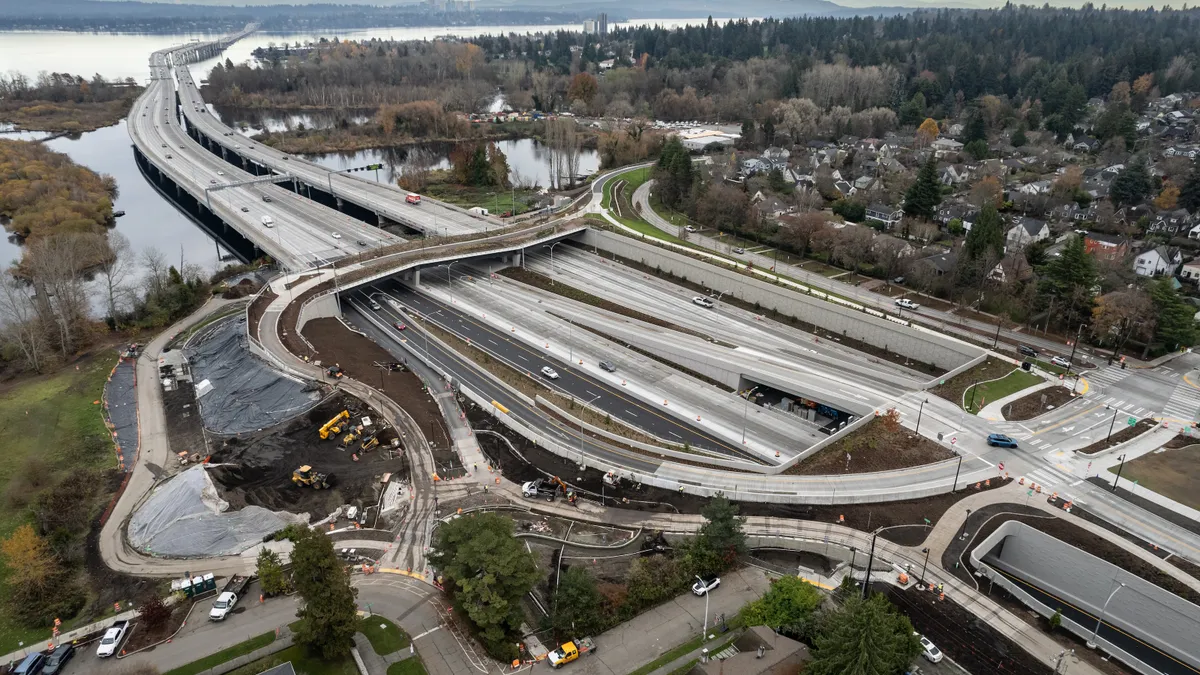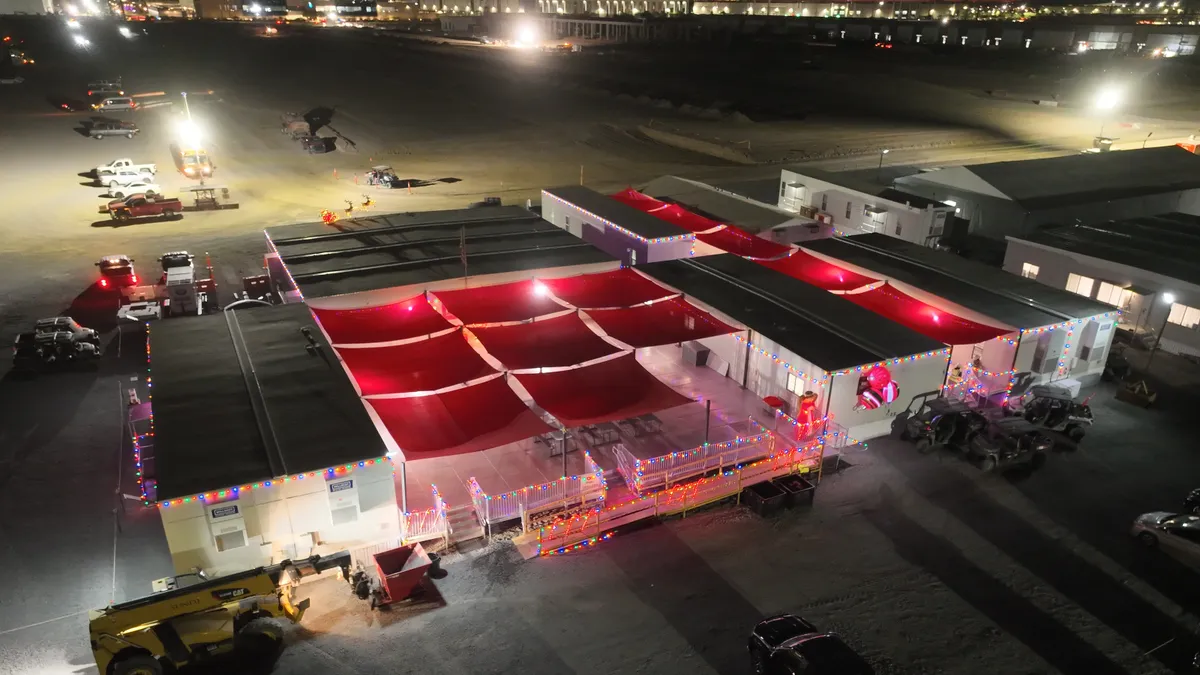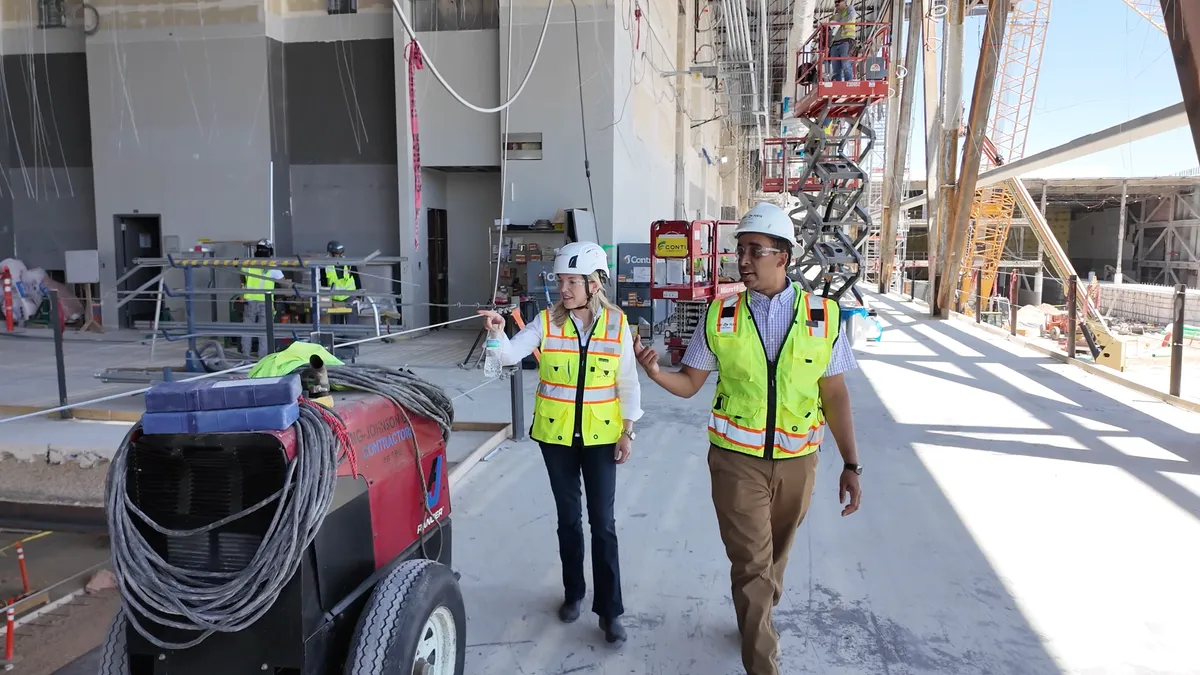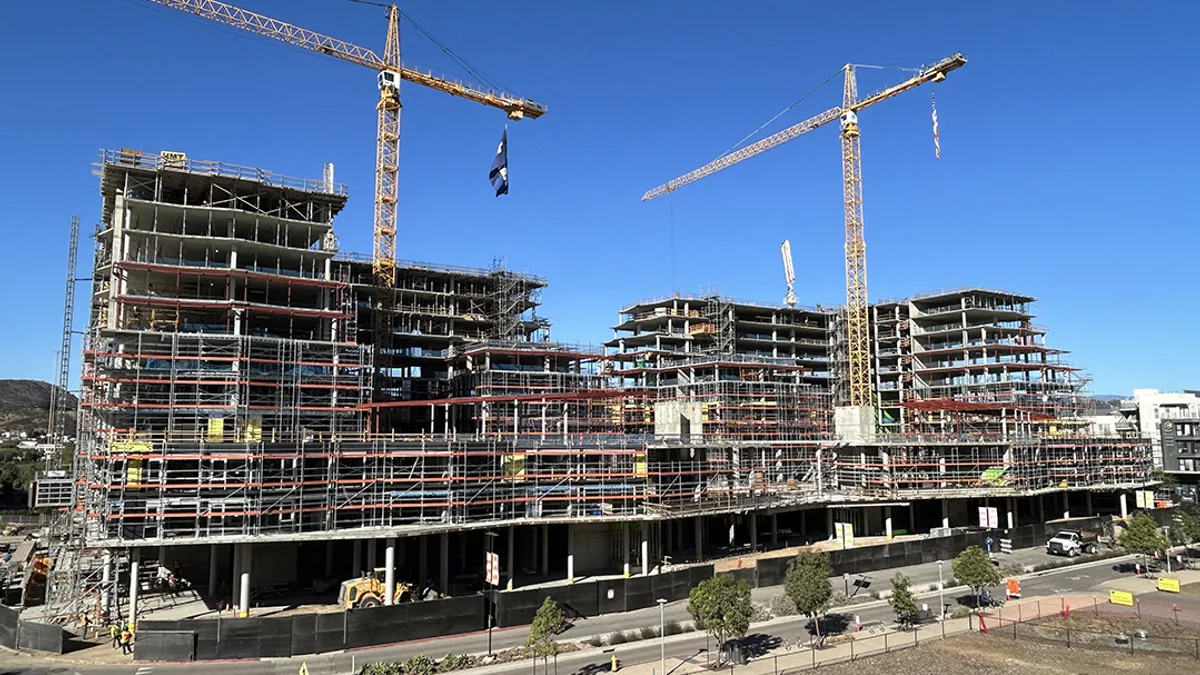Five more firms have joined a unique industry group focused on sharing data to advance jobsite safety.
Skanska USA, Skanska Sweden, Webcor Builders, Obayashi and concrete contractor Lithko Contracting have signed on with the Predictive Analytics Strategic Council, which was launched earlier this year to share and analyze safety data from each firm in the group.
The council relies on the artificial intelligence-based system from image-analysis firm Smartvid.io, dubbed "Vinnie," that aggregates information from each of the firms to help predict future incidents and hazards. The new companies join founding members Suffolk, Barton Malow, DPR Construction, JE Dunn, Messer Construction Co., Mortenson, Shawmut Design and Construction and the Bouygues Group, as well as insurance broker Aon.
The group is building on the results of a Smartvid.io and Suffolk study showing that Vinnie learned from Suffolk's data to predict roughly one in five safety incidents with 81% accuracy.
The council's firms have agreed to share digital project data from a period of more than 10 years to build predictive models for safety and risk. By working together in this first-ever type of industry-wide collaboration, member companies are able to identify trends they might not have otherwise seen working alone, said Jit Kee Chin, Suffolk executive vice president and chief data officer and chairperson of the council.
"No one company has quite the volume of data it takes to create really good artificial intelligence," she said. "The council provides a way to get together to explore some of the potential that advanced analytics has to offer."
The five new companies will bring more data to the ultimate goal of increasing worker safety, according to council member Marni Hogen, director of health and safety at Mortenson.
“It’s exciting because the more information we have, the better our insight will be,” she said.
Hazard prediction
The council members, who are contributing their safety data anonymously, meet quarterly to discuss the operational, social and business impacts of predicting safety hazards, according to Josh Kanner, CEO of Smartvid.io and technical chair of the council.
The council, which convened for the third time last week, has made progress over the past few months, Kanner said, by collecting data to train deeper predictive models and writing a white paper on the challenges and best practices to bringing predictive analytics data to executives and project teams.
“The successful implementation of these technologies and techniques are as much process as they are pure technology,” said Kanner, who added that the white paper will be published early next year.
Hogen said to date Mortenson has contributed information about its projects that include location, size, dollar value, duration and incident information. In the future, council members are considering providing even more data such as manpower, RFIs and work hours.
While some of those data points might not seem important, Hogen said every bit of information that is plugged into Vinnie is useful.
“For example, there has long been ties between fatigue and safety incidents, so we can look and see that if we cross a certain threshold for hours worked per week per individual, is that an indicator that we are more likely to have an event occur?” she said.
The industry’s massive shortage of skilled labor has made understanding safety data more important than ever, she said, so the council is considering adding in data about the training and tenure of workers on each site.
Confidentiality among competitors can coexist in collaboration
The council’s quarterly meetings are governed by a set of confidentiality rules so members are comfortable sharing their experiences with data and operations challenges and innovations in the area of safety, Kanner said. Even though many of the firms on the council are competitors, there is a feeling of camaraderie, he added.
In fact, so many ideas have sprung up that the group has had to get creative about how to address them. In last week’s meeting, Kanner said, they employed electronic real-time polling to get members’ input and opinion on various topics.
Competition aside, the drive to ensure construction sites are as accident-free as possible fuels members' commitment to collaborate, he said.
“Safety brings everyone together for a great end goal and also has additional benefits to each member as it helps them start to get a handle on their operational data as well as start to see what potential it has for safety and beyond,” he said.



